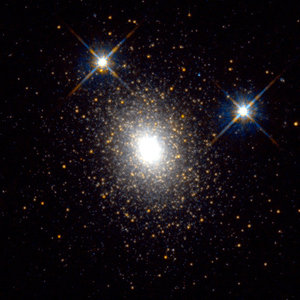21 December
On 21 or 22 December every year, the 'solstice' occurs.
For those who live in the southern hemisphere of Earth, on 21/22 December every year is the summer solstice, the year’s longest day. It represents the day when the Sun, as seen from Earth, is furthest south. The winter solstice, on June 21/22, is the shortest day of the year, when the Sun is seen furthest north.
The situation is opposite in the Earth’s northern hemisphere where December has the shortest day and June the longest.
Solstices and the variation of seasons depend on the fact that the rotation axis of Earth is not 'vertical' with respect to its orbital plane around the Sun. The axis is instead inclined by 23 degrees 27 minutes.















 Germany
Germany
 Austria
Austria
 Belgium
Belgium
 Denmark
Denmark
 Spain
Spain
 Estonia
Estonia
 Finland
Finland
 France
France
 Greece
Greece
 Hungary
Hungary
 Ireland
Ireland
 Italy
Italy
 Luxembourg
Luxembourg
 Norway
Norway
 The Netherlands
The Netherlands
 Poland
Poland
 Portugal
Portugal
 Czechia
Czechia
 Romania
Romania
 United Kingdom
United Kingdom
 Slovenia
Slovenia
 Sweden
Sweden
 Switzerland
Switzerland


































